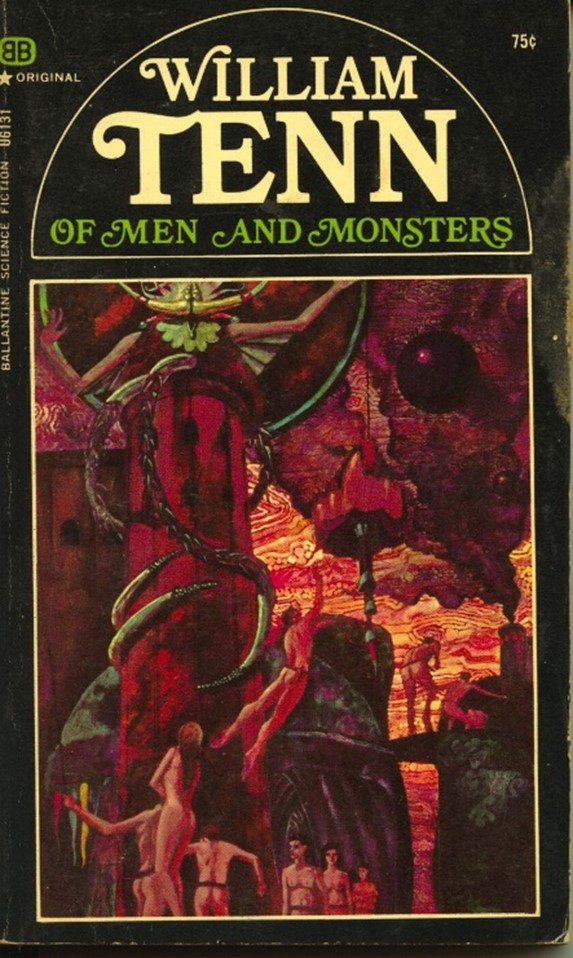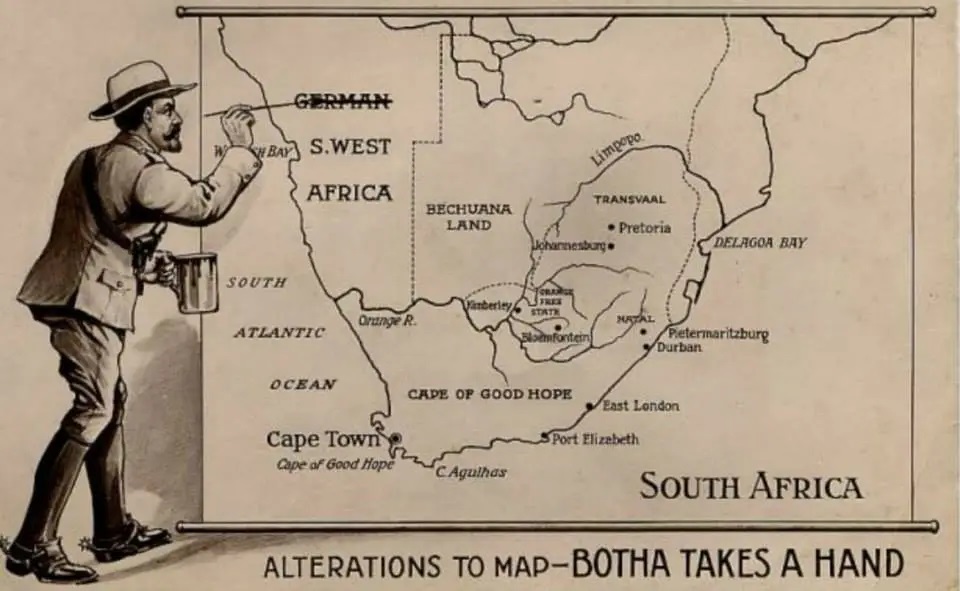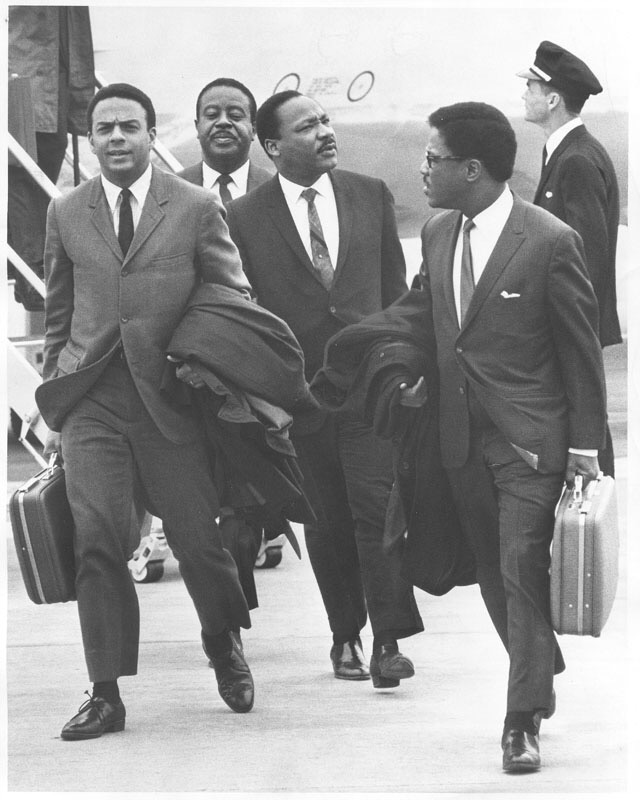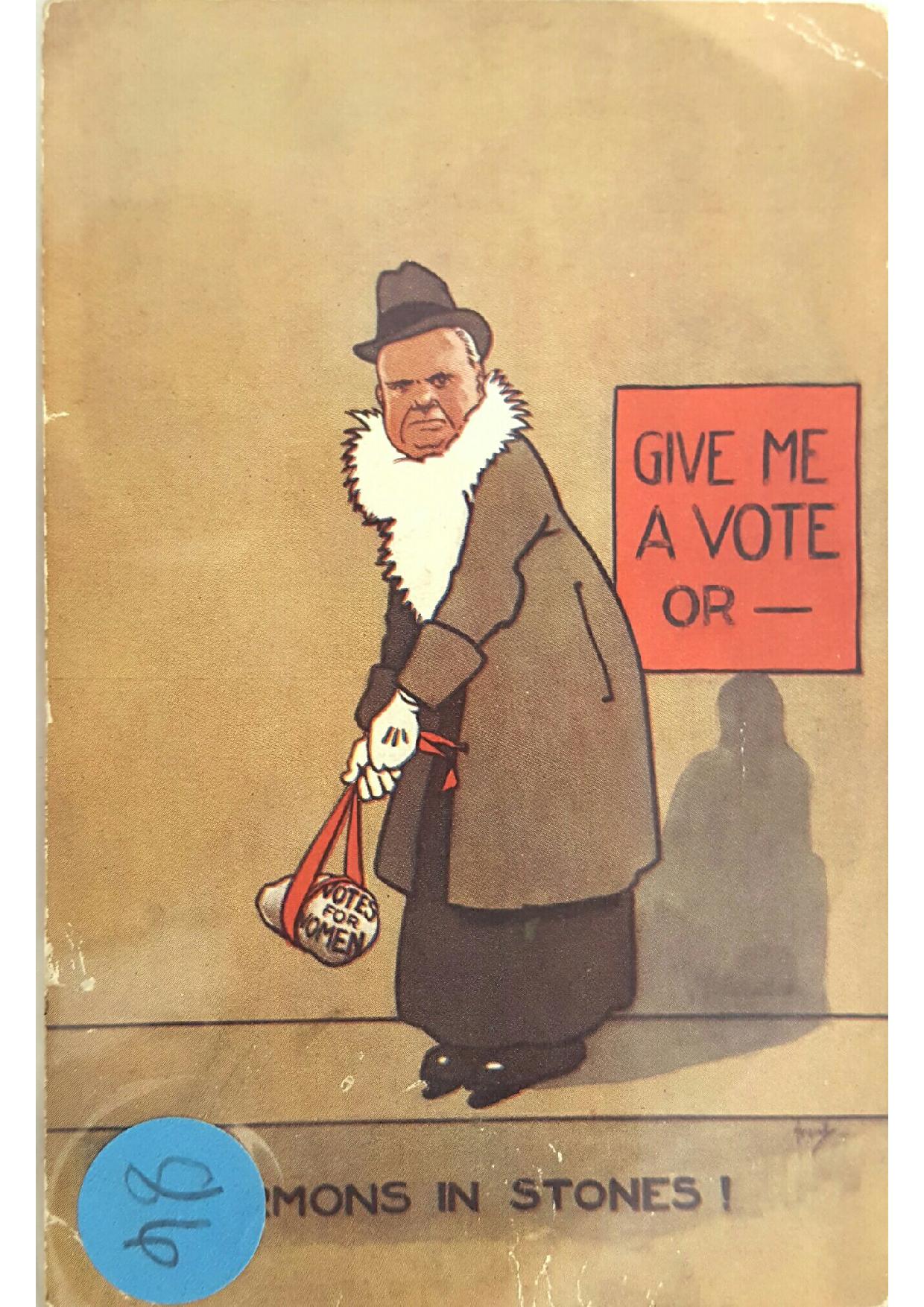
by Victoria Silverwolf
Physicians (and Nurses), Heal Thyselves

Anonymous cover art, and it has nothing at all to do with the book.
A Piece of Martin Cann, by Laurence M. Janifer
My fellow Galactic Journeyers have reviewed a couple of Janifer's books (Slave Planet and The Wonder War) and found them lacking. Let's see if this one is any better.
The time is the second half of the 21st century. There are references to a devastating plague that happened a long time ago, travel to the planets in the solar system, and the replacement of all nations and governments with a single, worldwide authority.
Never mind all that, because these science fiction themes have nothing at all to do with the story. The novel could easily be set in the very near future, because there is only one important speculative element.
Technology allows people to enter the minds of others. This is used to treat mental illness when all other methods fail.
(The premise is somewhat similar to that of John Brunner's novel The Whole Man. In that book, however, the technique was used by a natural telepath, and did not require machines.)
Two nurses and two physicians enter the mind of a man in a catatonic state. In his imaginary universe, he is God. He has created angels and light, but nothing else. The medical professionals arrive in the form of angels as well.
Their motive is to convince the patient, through argument with the other angels, not to create anything else. Why? Because they believe a fully realized world would prevent him from ever escaping his solipsistic existence.
The process has its dangers for those who use it. We're told it can even be fatal, although there is no real evidence for this. One of the characters will suffer the consequences.
This synopsis is a lot more linear than the plot. The author frequently shifts point of view among the characters. (I haven't even mentioned the patient's mother and girlfriend, who also have important parts to play.)
The book reminds me, in some ways, of D. G. Compton's novel Synthajoy. Both works are introspective and deal with devices that allow one to share another's experiences. Both have depth of characterization, but Janifer's isn't quite as profound as Compton's.
A Piece of Martin Cann also lacks vividness. The scenes of debate among the angels are difficult to picture. Overall, the book fails to provide much emotional involvement.
I admire the author's ambition, even if I question his execution. This is definitely not an ordinary escapist adventure story. It has a touch of New Wave to it. (Although Janifer is American, the novel seems very British to me.) I might describe it as an interesting failure.
Three stars.

by Mx. Kris Vyas-Myall
Of Men and Monsters by William Tenn

In the days of yore (also known as 1963) our esteemed editor noted that William Tenn’s Men in the Walls was only half a story. Five years later, we have finally got a novel length version of the tale. Does it fulfil the promise?
Apart from a few minor tweaks, the original novella makes up the first third of the book, renamed Priests for their Learning. In order to avoid repetition, feel free to reread the original synopsis.
The second part Soldiers for their Valor follows the now exiled Eric as he heads into Monster territory, here he meets others, people from further back in the burrows. They do not have experience in fighting monsters as the front burrow people do but have more complex organization and are willing to experiment with alien science in order to try to gain an advantage over the monsters (a subject verboten among the men of the front burrows). However, they end up captured and brought to an experimental laboratory of the monsters. Eric manages to survive being vivisected but is put into the cage of a strange woman.
The third part, Counselors for their Wisdom, finishes the narrative. The woman is named Rachel and she is from the far back burrows where they have retained much more knowledge from man’s time before the arrival of the monsters. After spending much time learning such varied subjects as the nature of the current Earth (the burrow is merely one of many in this particular monster’s house), astronomy and metaphysics. After they fall in love they escape and devise a plan to solve humanity's problems.
After the strong start in the first part, I found it less interesting as it went along. Firstly, moving the majority of action from burrows to the cages in the lab removes a lot of the atmosphere that made the prior segments so effective. In addition, the unveiling of the world moves away from exploration to explanation. For example, rather than encountering the “Wild Men”, who primarily live outside the monsters houses in the open, we are merely told by Rachel that Eric resembles one. This approach leans things away from excitement and more towards tedium.
Secondly, Tenn makes a lot of the points in a clumsy manner. One example is having Eric regard Rachel like a piece of cattle, assessing her viability for mating and thereby showing his lack of understanding of love. Having multi-paragraph descriptions of his thoughts on her naked body feel less poignant and more voyeuristic. Another would be where “little brown men” are put into the cage with men from the burrows we know and they end up fighting over customs.
And then for all of that, it doesn’t end up feeling very profound or unique. I think I can understand the points Tenn is making but it doesn’t feel that different from Micromegas, Giant Killer, Gulliver’s Travels, The Twilight Zone: The Invaders, or a hundred other tales of perspective and size based conflict. On top of that, the ending just felt perfunctory to me and a little silly.
That is not to say there are not good pieces to it. I agree with the initial review that the first section is very strong, Tenn has a great turn of phrase and at points there is a real sense of adventure to it. But it doesn’t really add up to much.
I would give the whole thing three stars, but not anything more.

by Blue Cathey-Thiele
The Still, Small Voice of Trumpets, by Lloyd Biggle
Based on Still, Small Voice, a short story Biggle published in Analog, 1961. The initial work was met with optimism, but left our reviewer disappointed. Let's see how the novel fares.
"Democracy imposed from without is the severest form of tyranny."
This is the Interplanetary Relations Bureau's code, and a bold statement to make. IPR, tasked with guiding planets to qualify for membership in the Federation of Independent Worlds, has been working for over 400 years to unseat a monarchy in Kurr. Forzon, a member of the Cultural Survey, is called to the planet and met with no orders and no democracy – surely there has been a mistake. Something suspicious is happening in the IPR headquarters. He is taught the wrong language, dressed as an enemy, and sent into an ambush. What saves him then will save him later: beauty. The people of Kurr surround themselves with art and even the most mundane items receive decoration.
Kurr has bread and, crucially, circuses. The system is flawed, but the "ugliness" is mainly unseen. The official punishment for any offense (real or imagined) is amputation of the left forearm, the victims sent to "One-hand Villages". Out of sight is out of mind with so much beauty to observe instead. Beauty and morality are often equated, and the book falls into sexism. Artisans pass their craft from father to son in a caste system, and while women play a rounded harp, that is the only note of their artistic endeavors. IPR had attempted to foment dissatisfaction among the women of Kurr, but was met by indifference and a denial that they lacked equal treatment. (I would have liked a better explanation for this, or any explanation at all.) Later, Forzon marries an IPR agent whose most noted trait is a memorable nose.
IPR must work within the existing culture, motivating the people to take action as democracy needs to occur without apparent outside influence. The "Rule of One" allows an exception. A single technological advancement may be introduced… but no one has done it before. It sounds simple. Flintlocks, for example! But those require metalworking, trigger mechanisms, gunpowder. Technologies build on what came before, and progress may look different depending on need. This brings up questions about whether civilizations are actually "more" or "less" advanced… or just different.
Forzon has a trumpet made and given to a newly handicapped harpist, who rejoices in the ability to create music again. Not limited by caste, the One-Hand Villages take up the instrument. Kurr is enchanted, having only known string instruments. The king is as well… until he realizes that the players are one-handed and he bans them as the sight weighs on his conscience. Denied beauty, the people rise up.
Did the rebellion depend on this king having a conscience? Did Forzon play things close to his chest or did he make it up as he went? It's left muddy. Even the IPR agents, despite living so long in Kurr were confused by the cause of the rebellion- which I found hard to believe. The concepts behind the book held up better than the execution. The short story only received 2 stars, so this is still an improvement.
3 stars

by Lorelei Marcus
The Last Unicorn

Once, unicorns filled the forests. They frolicked and played and rested their heads in giggling virgins' laps, indifferent to the passage of time. Then one day they all disappeared, and only one remained. "I am the last," she said. "I must find what happened to the others."
She traveled far and long in a new world that could only see her as a white mare. She found companionship in a uselessly powerful magician and a harlot with a soft heart, who followed her on her travels. And at the end of their journey they came to face a wicked king and his brutal, frightful weapon, the Red Bull. A tale of tragedy and hope, the Unicorn reunites with her kind, but can never dream to be one with them ever again.
I can't help but feel that something is missing.
That was my first thought after finishing The Last Unicorn. I was ready to cast it aside as just another well-written fantasy novel, nothing more, but then friends and family, one after another, came to tell me how wonderful the book was. How fantastic. How excellent. I felt the mystification and perhaps jealousy that Schmendrick felt when he could not touch the Unicorn, but Molly could. Why couldn't I see how wonderful the book was? What was I missing?
I can agree that Peter S. Beagle's writing has a magical quality. The way that his words twist and conceal, describe and suggest, it caters to the human imagination – creating the sense of mystery that fairytales were born from in the first place. His characters, too, run counter to expectation and yet fall into their roles beautifully. Perhaps that is the difference for me. No matter how much Beagle allows his words and characters to push at their boundaries, they are still just words and characters to me. This book is just a story, and painfully, so are the unicorns within it. I think this is the difference between me and others. Others can believe in the magic, even if only for a little while. I simply cannot.
That said, I found the unicorns fascinatingly science-fictional, and thinking about them in an SFnal way made me appreciate the book more.
What are the unicorns? They never die from old age, but they can be killed. They see through disguises and can heal with the touch of their horn. Most importantly, though, they exist outside of time. Here is the passage that struck me most of this fact:
"Often then, between the rush of one breath and the reach of another, it came to her that Schmendrick and Molly were long dead, and King Haggard as well, and the Red Bull met and mastered – so long ago that the grandchildren of the stars that had seen it all happen were withering now, turning to coal – that she was still the only unicorn left in the world" (92).
What is unique about this paragraph is the way the Unicorn foresees the long distant future as if she were already existing there, but lacking the foresight of how her journey will truly end. It viscerally describes her experiencing her inevitable immortality, and yet she has this vision only midway through her journey, long before that time will come. Her human companions live and breathe beside her and yet also, paradoxically, are long dead ancestors in her mind. In a way, she is a fourth dimensional being, capable of seeing the present and elements of the future at the same time.
The Unicorn's ageless immortality and her ability to preserve her home forest in a perpetual spring also support the idea that unicorns are creatures with some dominion over time. The unicorns exist outside of time, adding somewhat to their wonder, and they have the ability to extend some of their immortality to the world and creatures around which they dwell. Perhaps their ability to heal is also a kind of time travel, in which they revert the afflicted body or mind to a time when it was healthy.
As inter-dimensional beings, it would also follow that unicorns would be able to tell false truth. When trapped in Mommy Fortuna's midnight carnival, the Unicorn is not deceived by the overlays the witch puts on her poor display animals. She sees in multiple dimensions their true forms and their disguises, and it is only the soaking of time that make it more difficult for the Unicorn to tell the difference
I think this leads to one of the key themes of the novel: that time affects all things and over time we as living (and eventually dying) creatures affect our world back. The mortals (such as King Haggard) bend the world around them until the earth itself is transformed and bearing their legacy. Meanwhile, the unicorns cannot change, and thus their surroundings do not change either. Their forests remain green and un-hunted, but also never grow beyond their boundaries. The Red Bull, too, is an immortal constant, but it is constrained to always require a master, never ruling its own domain or leaving a visible impact.
So it is only the humans and other mortal creatures that, while constrained by time, also reside within it. They can saturate time with meaning, and that meaning can then permeate the ground, seeping into the three lower dimensions. The unicorns exist statically, outside of time, barred from ever feeling its touch or touching it. They get eternal beauty and life, but they do not love. I do not know which existence is superior, but at least looking at it through this SF lens, I feel that I understand the unicorns and their book a little better. The unicorns are the opposite of the human experience, and by extension I think that makes us aware of what the human experience is. Schmendrick and Molly and even King Haggard are all foils to the unicorn to exaggerate how alien she is. This then reflects back how human her companions are, and how human we the readers are. The last unicorn is a fairytale, but it contains truths so vivid and tied to reality, it seems to exist outside of itself. Therein lies the true magic. Through only the power of words, Beagle creates life.
4 stars


 A political cartoon from after the First World War.
A political cartoon from after the First World War. Sam Nujoma (r.), President of SWAPO, shakes hands with Mostafa Rateb Abdel-Wahab, President of the Council for Namibia
Sam Nujoma (r.), President of SWAPO, shakes hands with Mostafa Rateb Abdel-Wahab, President of the Council for Namibia Supposedly for Rogue Star, which doesn’t have a starship crash. Or this many characters. Art by Chaffee
Supposedly for Rogue Star, which doesn’t have a starship crash. Or this many characters. Art by Chaffee
![[July 2, 1968] What’s the Point? (August 1968 <i>IF</i>)](https://galacticjourney.org/wp-content/uploads/2023/06/IF-1968-08-Cover-505x372.jpg)
![[June 30, 1968] Hawk among the sparrows (July 1968 <i>Analog</i>)](https://galacticjourney.org/wp-content/uploads/2023/06/680630cover-672x372.jpg)












![[June 28, 1968] Classified Communications (IDCSP Satellite Constellation)](https://galacticjourney.org/wp-content/uploads/2023/06/IDCSP-2-559x372.png)
 by Kaye Dee
by Kaye Dee











![[June 26, 1968] To far off lands (July 1968 <i>Fantasy and Science Fiction</i>)](https://galacticjourney.org/wp-content/uploads/2023/06/680620cover-451x372.jpg)















![[June 24, 1968] Martin Luther King Jr. and the Fashion of Neighborly Protest](https://galacticjourney.org/wp-content/uploads/2023/06/AP_680328013-672x372.jpg)






![[June 22, 1968] The Devil, you say (<i>Rosemary's Baby</i>)](https://galacticjourney.org/wp-content/uploads/2023/06/RosemarysBaby-672x372.jpg)








![[June 20, 1968] Art imitates Life (the wargame <i>Viet Nam</i>)](https://galacticjourney.org/wp-content/uploads/2023/06/680620cover-1-672x372.jpg)







![[June 18, 1968] I Just Read It for the Stories (February-June 1968 <i>Playboy</i>)](https://galacticjourney.org/wp-content/uploads/2023/06/680618_PBCvrMarch-672x372.png)








![[June 16, 1968] More Scandal! <i>New Worlds</i>, July 1968](https://galacticjourney.org/wp-content/uploads/2023/06/New-Worldsa-July-68-672x372.jpg)

 So New Worlds is now part of the records of British government, forever!
So New Worlds is now part of the records of British government, forever! Cover by Stephen Dwoskin
Cover by Stephen Dwoskin







![[June 14, 1968] Men, Women, and Monsters (June 1968 Galactoscope)](https://galacticjourney.org/wp-content/uploads/2023/06/680614covers-672x372.jpg)






